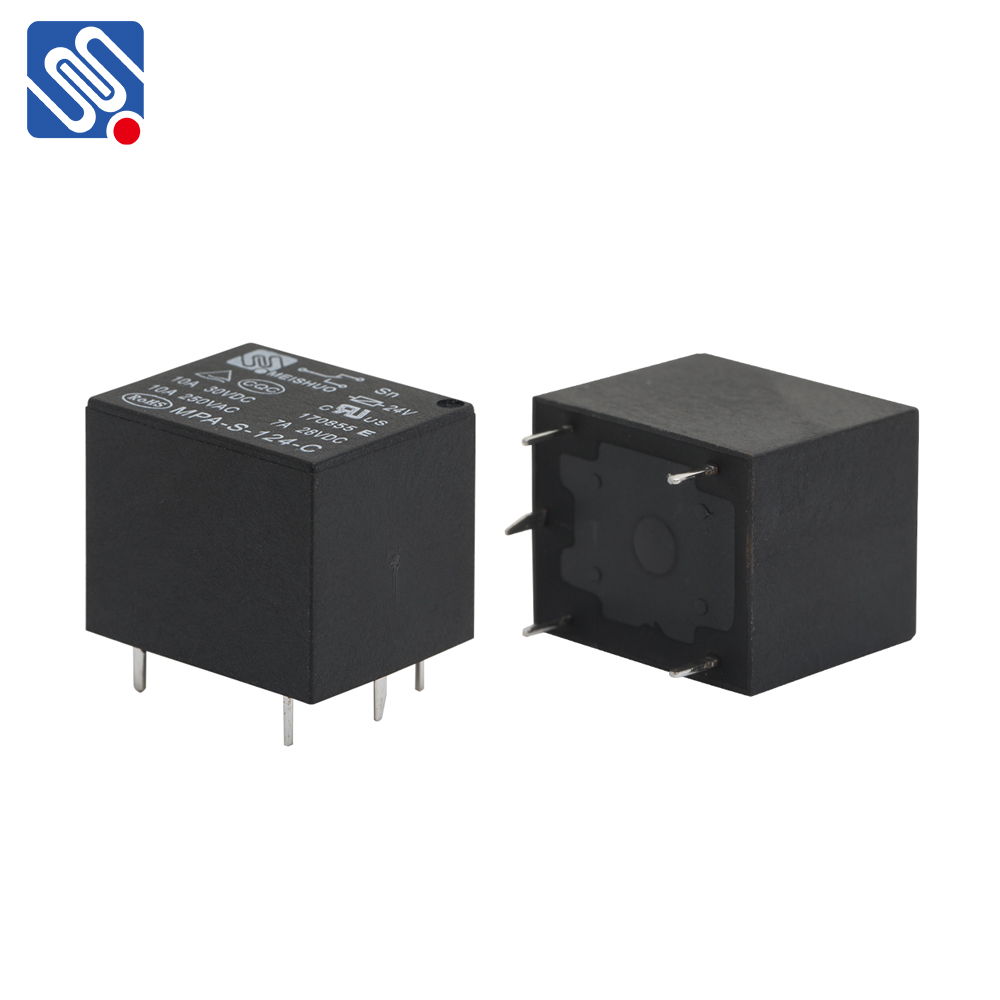A 12-volt relay is a vital component widely used in electrical circuits and systems where controlling high-power devices with low-voltage signals is necessary. Whether in automotive applications, home appliances, or industrial automation, the 12V relay offers a reliable way to control devices remotely. In this article, we will explore the fundamental workings, applications, and considerations when using a 12-volt relay.

What is a 12-Volt Relay? At its core, a 12-volt relay is an electromechanical switch that allows a low voltage, typically 12V DC, to control a higher voltage or larger current circuit. It is made up of a coil, an armature, a set of contacts (usually NO, NC, and COM), and a spring. When the coil is energized with 12 volts, it creates a magnetic field that pulls the armature, changing the state of the contacts, which then completes or breaks the electrical circuit. How Does a 12-Volt Relay Work? The operation of a 12-volt relay can be broken down into a few simple steps: Energizing the Coil: When a 12V DC signal is applied to the relay’s coil, it generates a magnetic field.